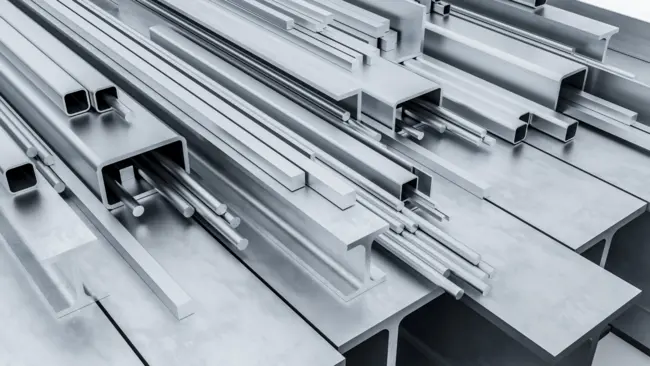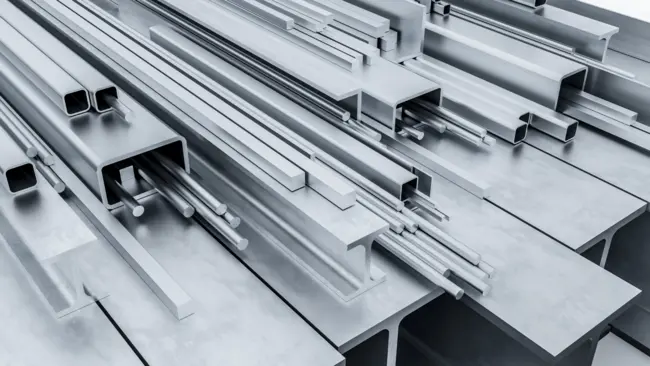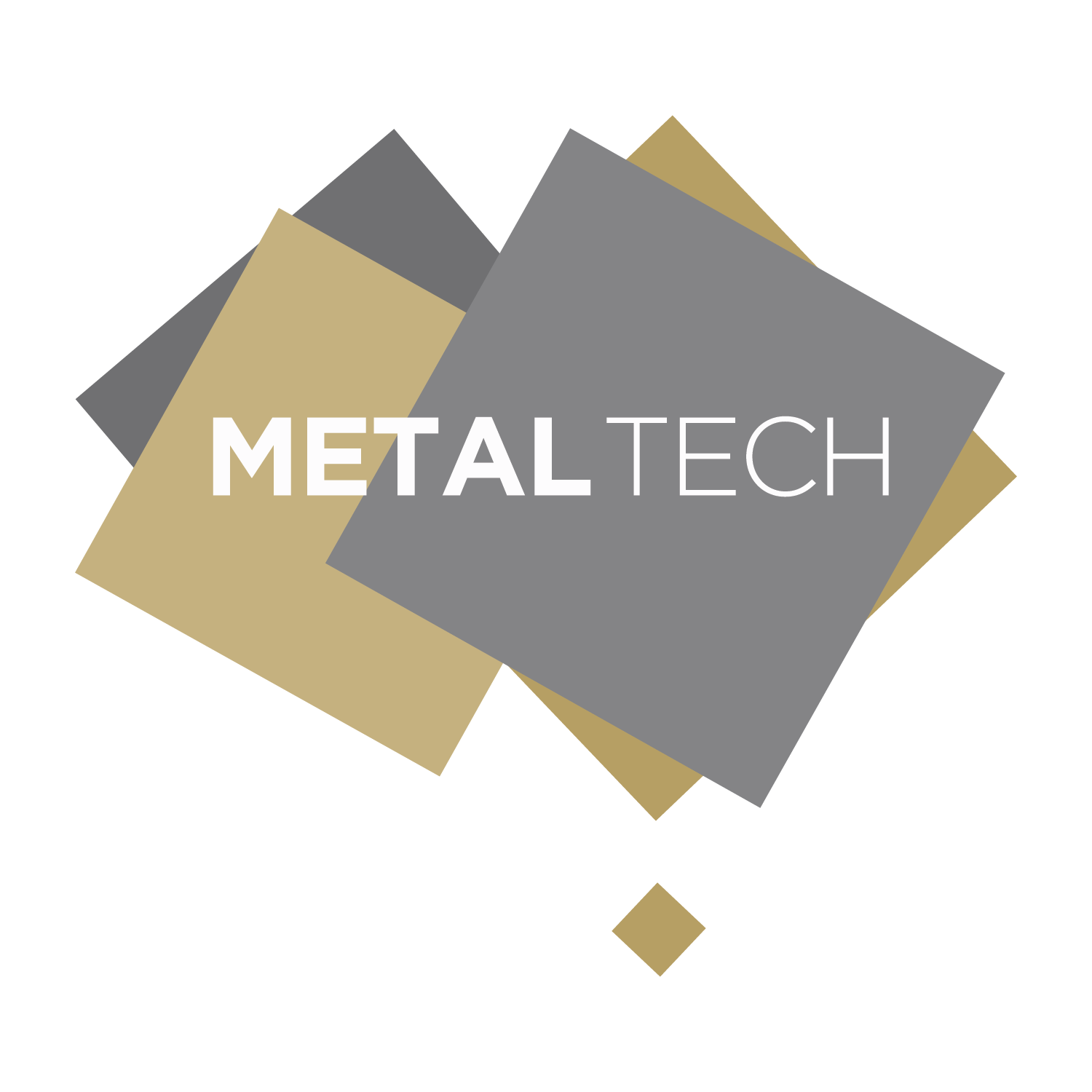
3D Metal Printing Material Properties
When it comes to manufacturing and 3D printing, there are many different types of materials available. The most common metals used in 3D printing include copper, aluminium, stainless steel and nickel cobalt chrome (NCC). This article will explain the properties of each metal and how they can be used in your next project.
Copper and aluminium are the most common metals used in 3D printing.
Copper and aluminium are the most common metals used in 3D printing. Copper is a good conductor of electricity, while aluminium is a better conductor of heat.
Aluminium is lighter than copper and therefore cheaper to ship, but it also warps more easily at high temperatures.
Copper is more expensive than aluminium but can withstand higher temperatures. As a result, it tends to be used for parts that will come into direct contact with food or beverages. Copper is also easier to machine and polish than aluminium, allowing manufacturers to create more intricate shapes with the material.
Stainless steel is a common metal used in 3d printing.
Stainless steel is a common metal used in 3d printing. It’s also known as “stainless” because it resists corrosion, which means that it won’t rust or tarnish when exposed to water or air. Stainless steel has many industrial applications, including jewellery making and medical implants.
It’s a very strong metal, which makes it ideal for 3d printing. Stainless steel is often used in jewellery making because it’s hypoallergenic and doesn’t cause irritation or skin discolouration in sensitive people.

Titanium is a very strong metal that resists corrosion and oxidation, making it a good choice for jewellery.
Titanium is a very strong metal that resists corrosion and oxidation, making it a good choice for jewellery. It can be polished to a high lustre. Titanium alloys are often used in jewellery because of their strength and lightweight.
In addition to its mechanical properties, titanium has several other advantages over other metals:
- It does not oxidise (rust) when exposed to air or water as iron does. This makes it especially popular with people who live near the sea because they don’t have to worry about their jewellery becoming rusty over time!
Titanium has a low density, which means it is lightweight. This makes it especially popular for jewellery worn in the ear and nose. It does not irritate or cause allergic reactions like nickel does, so people who are sensitive to that metal can wear titanium without issue!
Nickel, cobalt, and chrome are all used in jewellery making due to their various colours.
Nickel is a hard metal that resists corrosion, and it’s often used in jewellery making. Cobalt is a strong metal with a high tensile strength that can be polished to a high shine. Chrome is known for its ability to resist wear and tear, making it ideal for rings or other accessories that need to last through regular wear and tear.
Titanium is a strong, lightweight metal that’s also hypoallergenic. It can be polished to a high shine or left matte for a more casual look. Tantalum is a rare element that’s often used in jewellery because of its ability to resist tarnishing and corrosion.
If you want to learn more about 3d metal printing please visit us at www.metal-tech.com.au
If you want to learn more about 3d metal printing, please visit us at https://metal-tech.com.au/. We have a lot of information about the subject, and we can help you get started with your project.
We have been working with metal 3d printing for many years now, so if you have any questions about this exciting technology, we’ll be happy to answer them!
You can also contact us if you have a project in mind and want to discuss it with our team. We can help you find the perfect solution for your needs, whether that’s 3D-printed parts or a fully automated production line.
Conclusion
We hope you enjoyed this article! If you have any questions about 3d metal printing, please contact us at https://metal-tech.com.au/

Leave a Reply